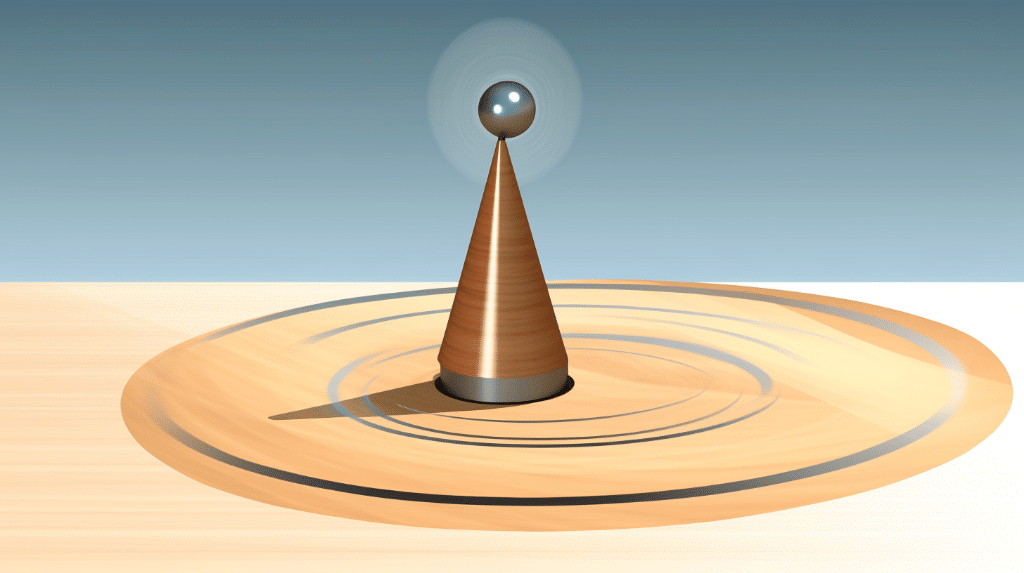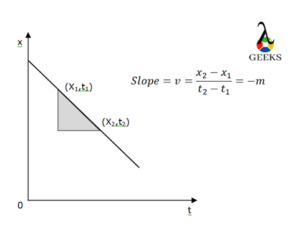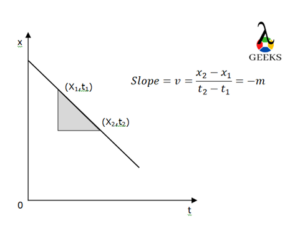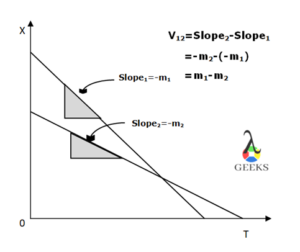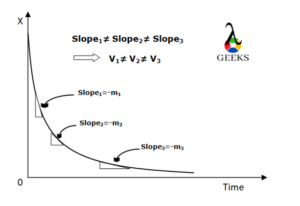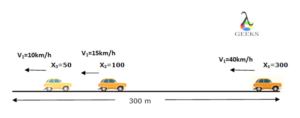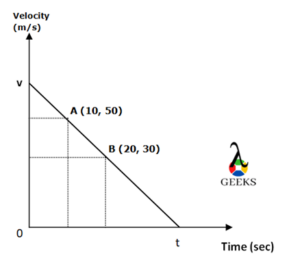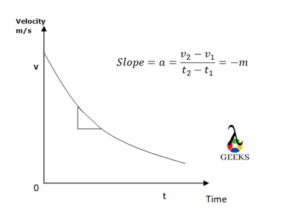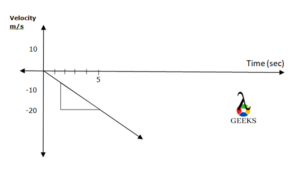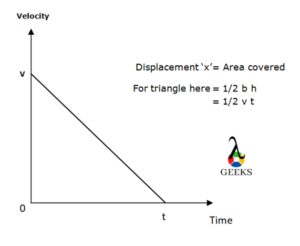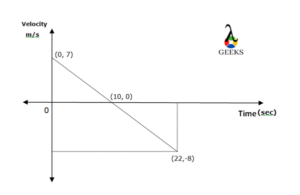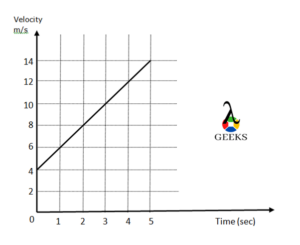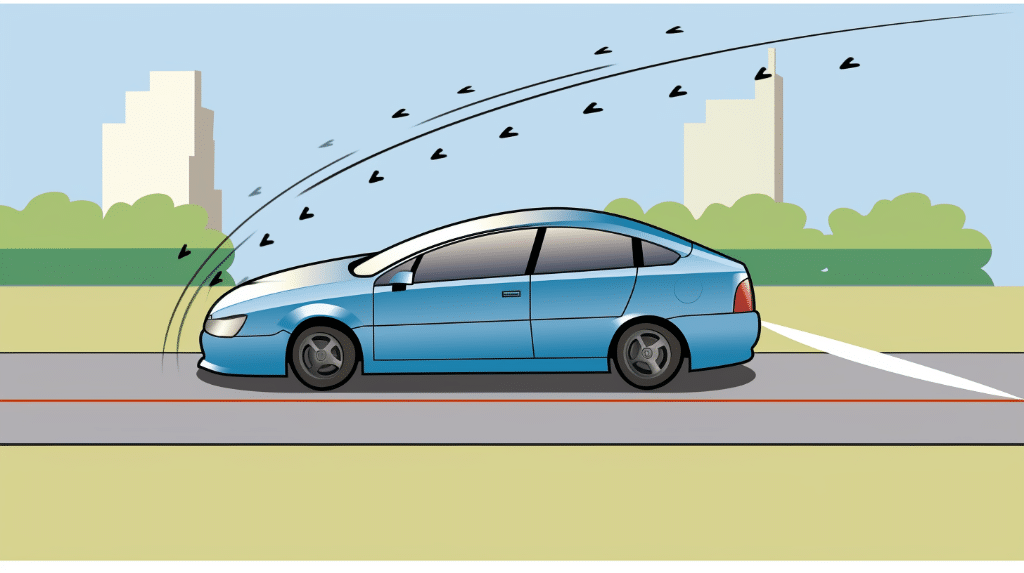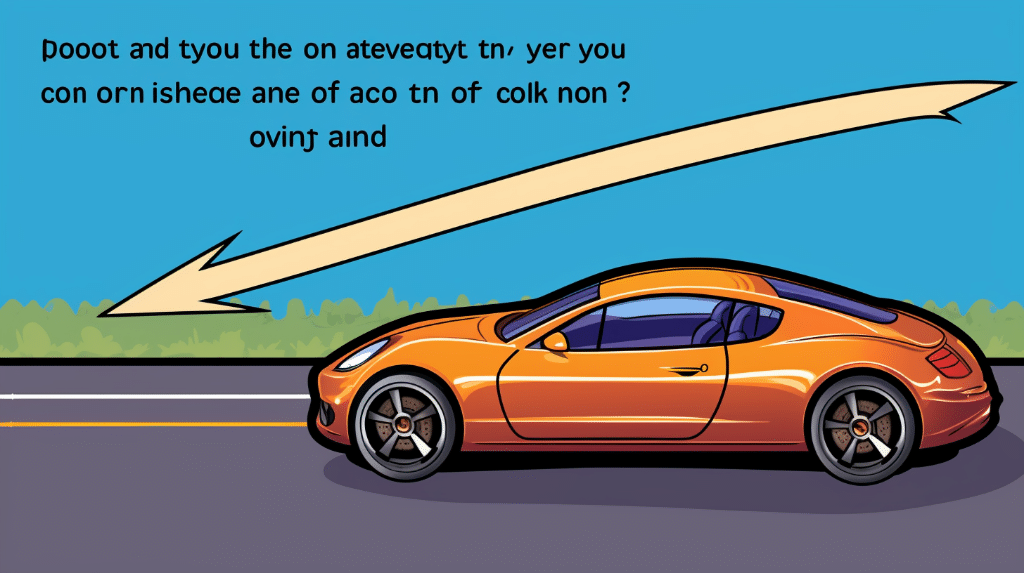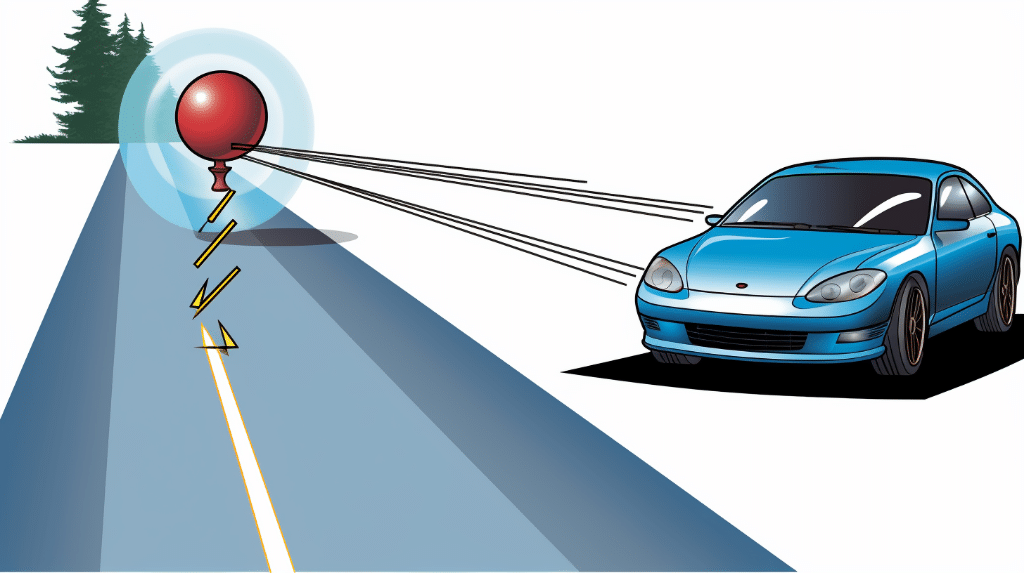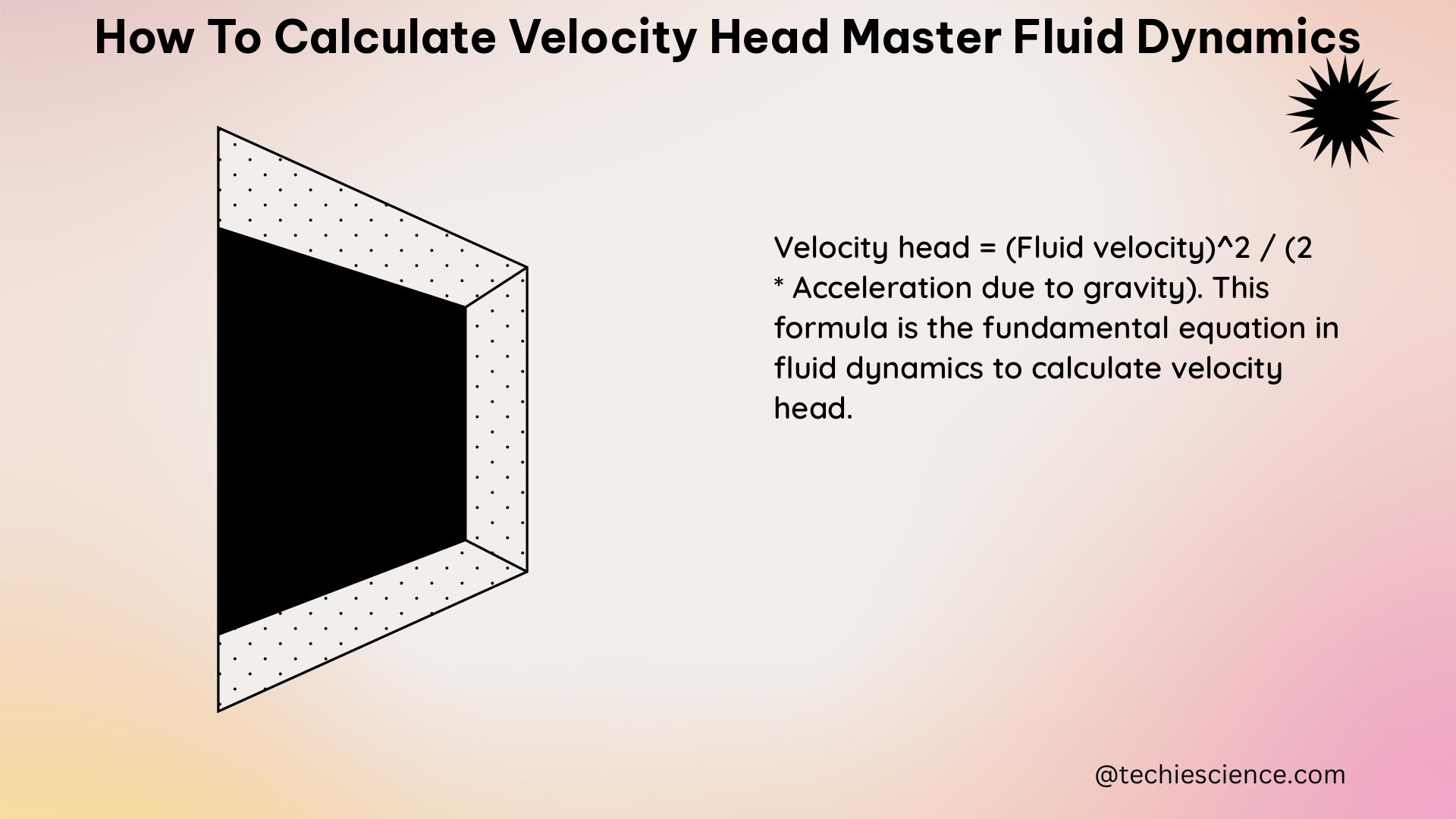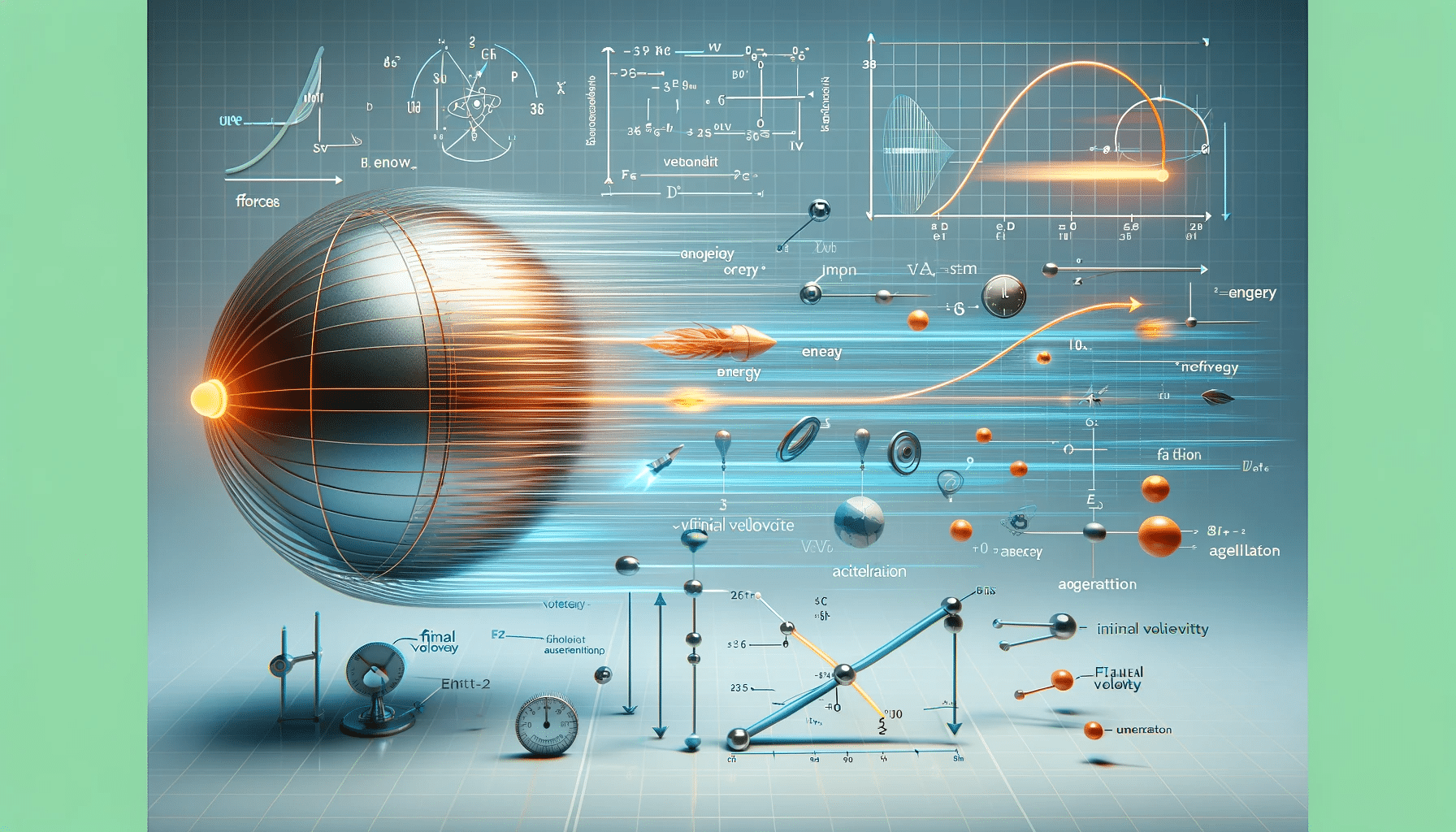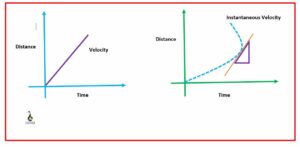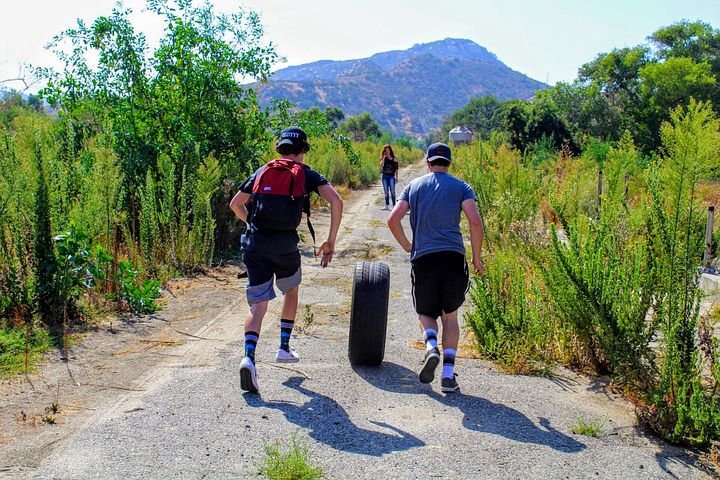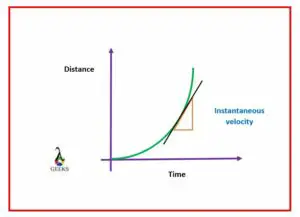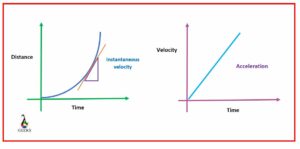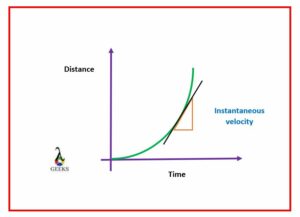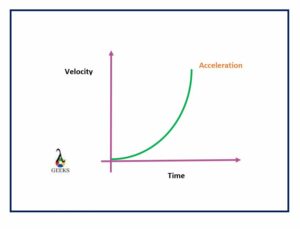Tangential velocity is a crucial concept in physics that helps us understand the speed and direction of an object moving in a circular path. It provides valuable information about the object’s motion and is used in various scientific and engineering applications. In this blog post, we will explore how to find tangential velocity, including the formulas, calculations, and practical applications associated with it.
How to Calculate Tangential Velocity
The Formula to Calculate Tangential Velocity
To calculate the tangential velocity of an object moving in a circular path, we can use the formula:
![]()
where ![]() represents the tangential velocity,
represents the tangential velocity, ![]() is the radius of the circular path, and
is the radius of the circular path, and ![]() stands for the angular velocity of the object.
stands for the angular velocity of the object.
Calculating Tangential Velocity from Angular Velocity
If we know the angular velocity of an object in radians per second, we can calculate the tangential velocity using the formula mentioned earlier. Let’s consider an example to illustrate this concept:
Example: A car’s tire has an angular velocity of 5 radians per second, and its radius is 0.4 meters. What is the tangential velocity of the car?
Solution: Using the formula ![]() , we substitute the given values:
, we substitute the given values:
![]()
Therefore, the tangential velocity of the car is 2 m/s.
Calculating Tangential Velocity without Time
In some cases, we might not be given the time it takes for an object to complete one revolution. However, if we know the distance traveled by the object in the circular path, we can still calculate the tangential velocity using the formula:
![]()
where ![]() represents the distance traveled and
represents the distance traveled and ![]() is the time taken.
is the time taken.
Example: A cyclist completes one lap around a circular track with a circumference of 100 meters in 20 seconds. What is the tangential velocity of the cyclist?
Solution: We can use the formula ![]() , where
, where ![]() and
and ![]() :
:
![]()
Therefore, the tangential velocity of the cyclist is 5 m/s.
Calculating Tangential Velocity without Radius
In certain situations, we may not have the radius of the circular path, but we might know the centripetal acceleration of the object. In such cases, we can determine the tangential velocity using the formula:
![]()
where ![]() represents the centripetal acceleration.
represents the centripetal acceleration.
Example: An object is moving in a circular path with a centripetal acceleration of 10 m/s². If the radius of the circular path is 2 meters, what is the tangential velocity of the object?
Solution: Using the formula ![]() , we substitute the given values:
, we substitute the given values:
![]()
Simplifying the expression, we find ![]()
Therefore, the tangential velocity of the object is approximately 4.47 m/s.
Practical Applications of Tangential Velocity
Finding Tangential Velocity of Planets and Stars
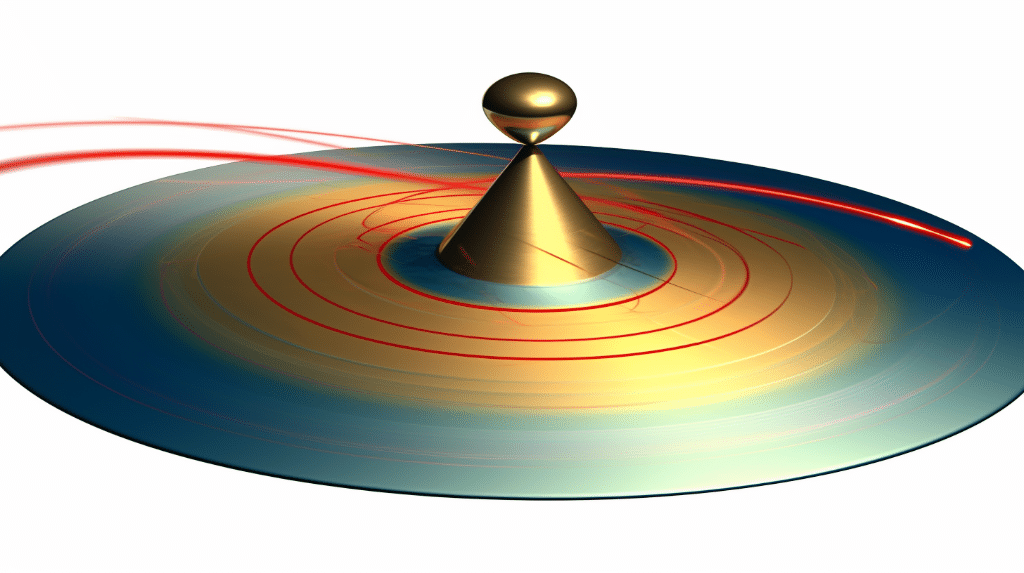
Tangential velocity plays a crucial role in celestial mechanics, helping us determine the speed at which planets and stars move in their orbits. By studying the tangential velocities of celestial objects, scientists can gain insights into their orbital dynamics, understand the gravitational forces acting upon them, and make predictions about their future positions.
Finding Tangential Velocity of a Point or Particle
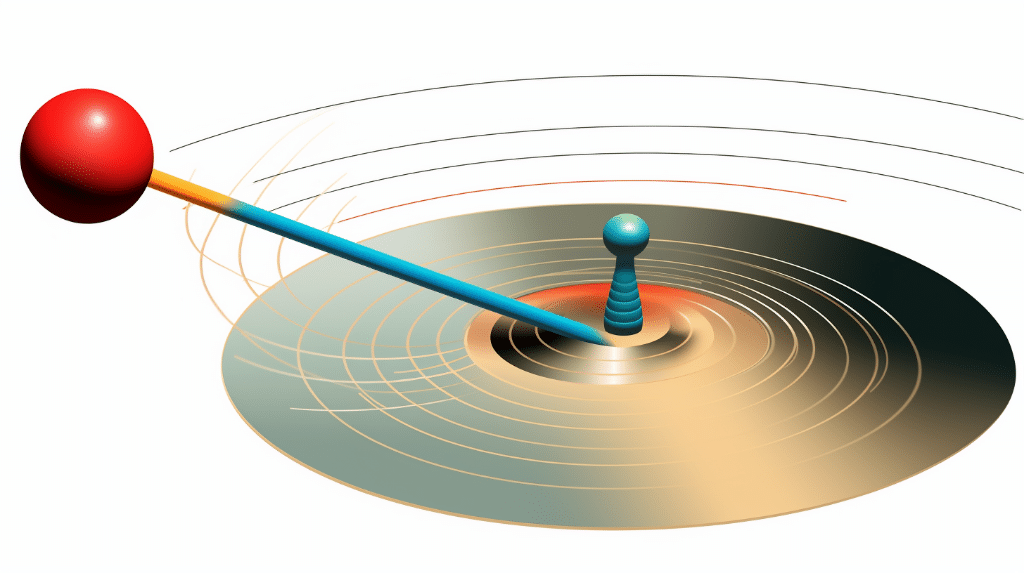
In particle physics or fluid dynamics, determining the tangential velocity of a point or particle is vital to understanding the motion of fluids or the behavior of particles within a system. This information helps scientists analyze the speed and direction of fluid flow, study the trajectories of particles, and predict the behavior of complex systems.
Tangential Velocity in Physics and its Relevance
Tangential velocity is a fundamental concept in physics, particularly in the study of rotational motion. It provides insights into the speed and direction of objects moving in circular paths or undergoing rotation. Understanding tangential velocity is critical in various fields, including mechanics, engineering, and astrophysics.
Worked Out Examples
Example of Calculating Tangential Velocity with Centripetal Acceleration
Suppose an object moves in a circular path with a centripetal acceleration of 6 m/s². If the radius of the circular path is 3 meters, what is the tangential velocity of the object?
Solution: Using the formula ![]() , we substitute the given values:
, we substitute the given values:
![]()
Simplifying the expression, we find ![]()
Therefore, the tangential velocity of the object is approximately 4.24 m/s.
Example of Calculating Tangential Velocity Given Angular Acceleration
Imagine a wheel undergoes angular acceleration at a rate of 2 radians per second². If the radius of the wheel is 0.5 meters, what is the tangential velocity of a point on the wheel after 4 seconds?
Solution: We can start by calculating the angular velocity using the formula ![]() , where
, where ![]() represents the angular acceleration and
represents the angular acceleration and ![]() is the time:
is the time:
![]()
Next, we can use the formula ![]() to find the tangential velocity:
to find the tangential velocity:
![]()
Therefore, the tangential velocity of the point on the wheel after 4 seconds is 4 m/s.
Example of Calculating Tangential Velocity from RPM
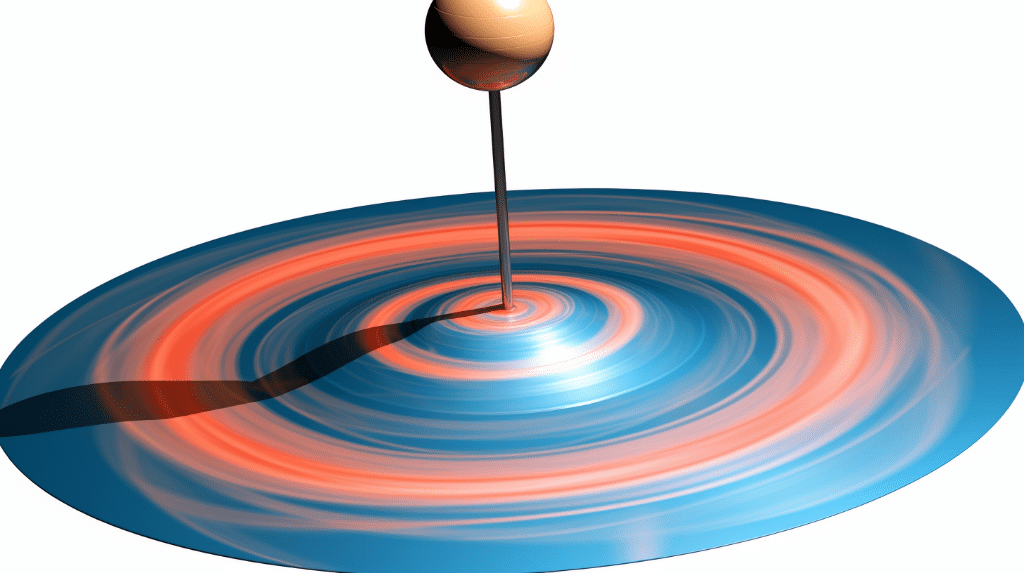
Let’s consider a scenario where a wheel has a rotational speed of 120 revolutions per minute (RPM). If the radius of the wheel is 0.3 meters, what is the tangential velocity of a point on the wheel?
Solution: We start by converting the rotational speed from RPM to radians per second. Since one revolution is equal to ![]() radians, we can use the conversion factor:
radians, we can use the conversion factor:
![]()
In this case, the rotational speed in radians per second would be:
![]()
Next, we can use the formula ![]() to find the tangential velocity:
to find the tangential velocity:
![]()
Therefore, the tangential velocity of a point on the wheel is approximately ![]() .
.
Understanding how to find tangential velocity is essential for comprehending the motion of objects in circular paths or undergoing rotation. By applying the formulas and calculations discussed in this blog post, you can determine the tangential velocity of various objects and gain insights into their speed and direction. Tangential velocity plays a significant role in physics, engineering, and other scientific disciplines, enabling us to analyze and predict the behavior of complex systems.
How do I find the tangential velocity of a projectile and its intersection with the concept of finding horizontal velocity of a projectile?
To find the tangential velocity of a projectile, one must consider the horizontal velocity and the vertical velocity component. The tangential velocity represents the rate at which the projectile moves along its curved path. By analyzing the concept of finding horizontal velocity of a projectile, we can determine the initial velocity of the projectile along the horizontal axis. This initial velocity plays a crucial role in determining the tangential velocity of the projectile. For a detailed explanation on how to find the horizontal velocity of a projectile, refer to the article Finding Horizontal Velocity of a Projectile.
Numerical Problems on how to find tangential velocity
Problem 1:
An object is moving in a circular path with a radius of 5 meters. The object completes one full revolution in 10 seconds. Find the tangential velocity of the object.
Solution:
Given:
Radius of the circular path, r = 5 m
Time taken to complete one revolution, T = 10 s
The formula for tangential velocity is given by:
![]()
Substituting the given values into the formula:
![]()
Simplifying:
![]()
Final Answer:
![]()
Problem 2:
A car is moving in a circular track with a radius of 100 meters. The car completes one full revolution in 50 seconds. Determine the tangential velocity of the car.
Solution:
Given:
Radius of the circular track, r = 100 m
Time taken to complete one revolution, T = 50 s
Using the formula for tangential velocity:
![]()
Substituting the given values into the formula:
![]()
Simplifying:
![]()
Final Answer:
![]()
Problem 3:
A Ferris wheel has a radius of 20 meters and completes one full revolution in 60 seconds. Determine the tangential velocity of a person sitting on the Ferris wheel.
Solution:
Given:
Radius of the Ferris wheel, r = 20 m
Time taken to complete one revolution, T = 60 s
Using the formula for tangential velocity:
![]()
Substituting the given values into the formula:
![]()
Simplifying:
![]()
Final Answer:
![]()
Also Read:
- Velocity unit
- How to determine velocity in multiverse theories
- How to find velocity in orbital motion
- How to calculate velocity in loop quantum gravity
- How to find the kinetic energy and velocity
- How to measure velocity in loop quantum cosmology
- Negative velocity positive acceleration
- How to find velocity at impact
- Constant acceleration graph velocity vs time
- How to find mass with potential energy and velocity
